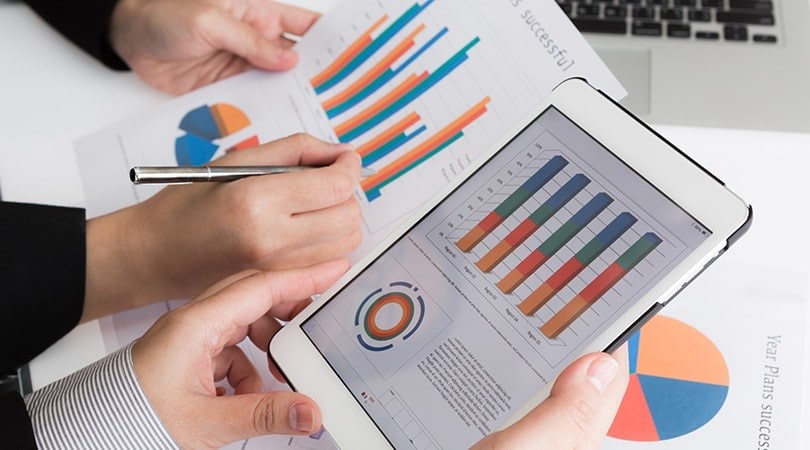A fascinating aspect of the universe is that there’s hardly ever a single path to the same solution. In other words, there’s more than one right answer, and there’s more than one way to get to that answer. Understanding this theory is helpful in approaching the concept of indirect and direct sourcing in procurement.
Some businesses act as the middleperson between large corporate transactions, some businesses are merely and solely customer-facing, some still live somewhere in the middle; understanding where your company lives on this spectrum informs whether your procurement team needs to use direct sourcing, indirect sourcing, or some combination of the two.
Understanding Direct Sourcing
So, you might be asking yourself, what is sourcing in the first place? In procurement, sourcing is the process through which businesses narrow, negotiate with, and eventually award contracts to producers of goods and services.
The contracts awarded are typically large, and therefore are usually won through a reverse-auction process, however, that’s for a different article. Whether your procurement team uses direct sourcing, indirect sourcing, or some combination of the two; reverse auctions and sourcing are two core elements of the process either way.
The main difference between indirect and direct sourcing is the category of materials and the category of businesses in the transactions. Indirect sourcing is catered toward internally consumed products, goods, and services. This could range from departmental supplies to third party services, and other goods or services required to continue operations as normal.
While indirect sourcing normally relates to goods and services internal to the company, it can also, in some instances, relate to finished goods or products that are necessary for the building of their own products – a good example here might be batteries.
Direct sourcing, then, is the opposite of indirect sourcing. This is the process of sourcing suppliers for raw materials and goods for production. In other words, these are the raw ingredients, materials, and services that are directly related to the production of your company’s products or services.
The role of procurement has steadily grown over the past few years and many more businesses are seeing procurement as a core aspect of operations. Beyond that, professionals are recognizing the positive effects that a bolstered procurement department has on other operational metrics such as improved customer experience, higher rates of operational efficiency, and lower costs overall.
Managing Both Indirect and Direct Sourcing
Most companies are going to have a combination of indirect and direct sourcing needs. It makes sense that a balance of internally consumed goods and services, as well as raw materials for the production of goods and services, would be required for a business to thrive.
However, the two forms of procurement, as similar as they are, do require a slightly different approach from your procurement professionals. This is where a procurement sourcing specialist and procurement software come to your aid. A sourcing specialist can help centralize your team’s indirect and direct sourcing efforts under comprehensive procurement software capable of encompassing your entire procurement lifecycle.
Some Final Thoughts
Procurement is becoming increasingly vital to businesses, especially as the shift to the digital age and a virtual economy rapidly advances forward as the epidemic continues onward. Stay ahead of the volatile economy and start working on a comprehensive procurement strategy that will keep your business up and running no matter what obstacles come your way.
For more information on indirect and direct sourcing, or how to optimize your procurement team moving forward after the effects of 2020, visit ProcurePort today. ProcurePort is the internet’s premier source for everything procurement, from information and knowledge to software, technology, and beyond.










